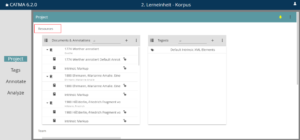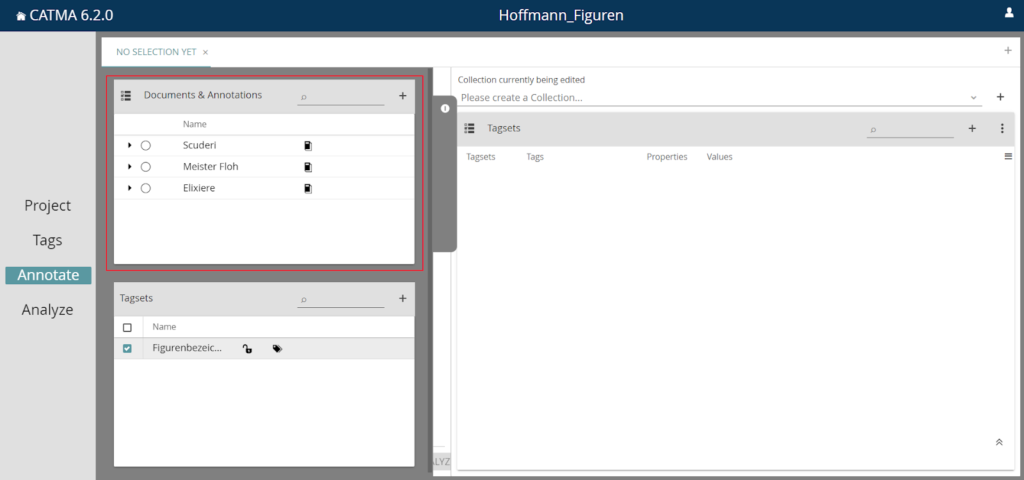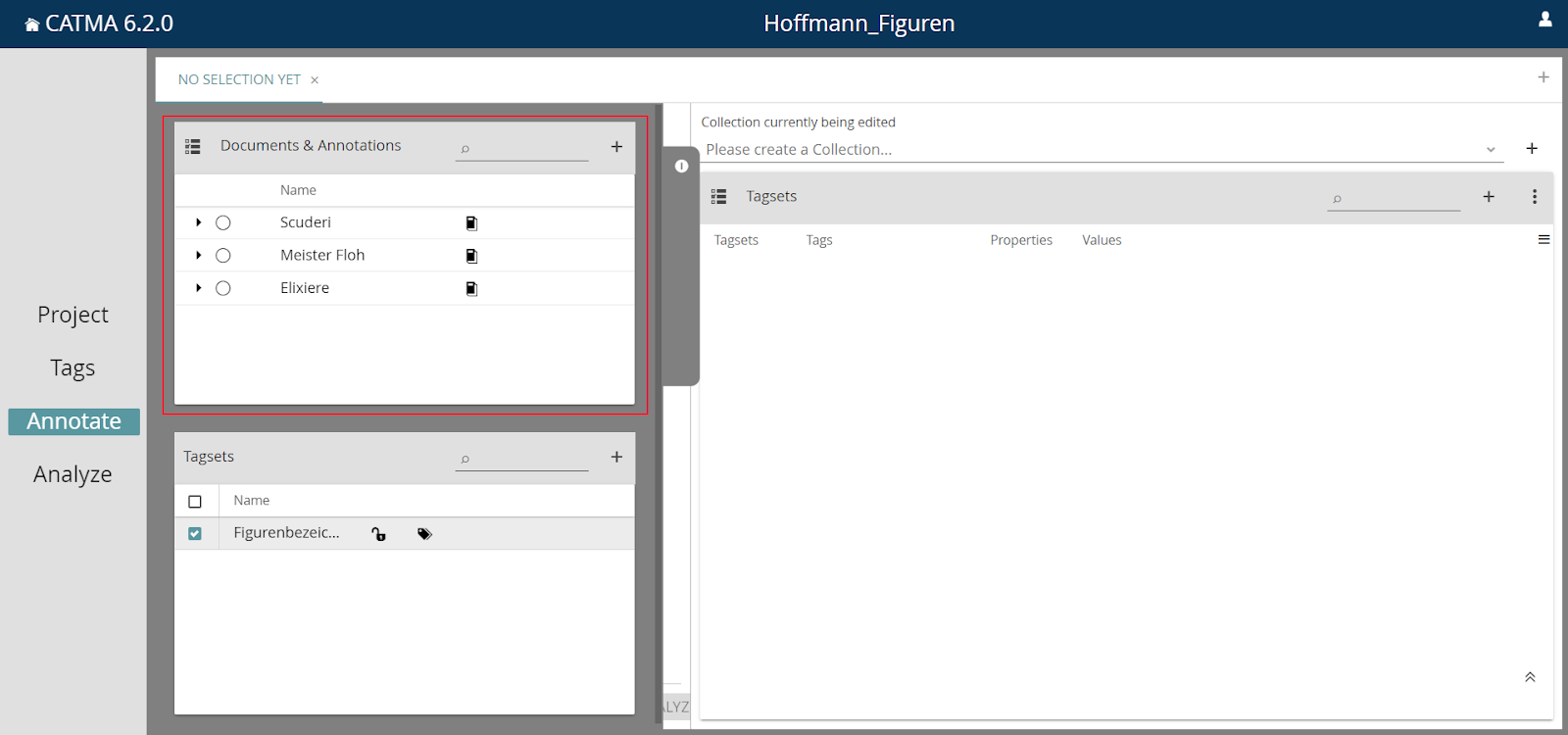

Colour scheme: green text = latest stable version, red text = development or beta version.The KDE desktop is represented by the "plasma-desktop" package and the Xfce desktop by the "xfdesktop" package.

The Apache web server is listed as "httpd" and the Linux kernel is listed as "linux". For indication about the GNOME version, please check the "nautilus" and "gnome-shell" packages.

The distribution's main claim to fame is the integration of various unofficial network drivers into the Linux kernel, thus providing out-of-the-box support for a large number of wired and wireless network cards. These studies demonstrate a dynamic interchange of surface-bound PF4 among hematopoetic and vascular cells that may limit thrombocytopenia at the expense of promoting prothrombotic processes in HIT.Wifislax is a Slackware-based live CD containing a variety of security and forensics tools. Exposure of blood to endothelial cells also depletes PF4 from platelet surfaces. Normalization of monocyte counts preceded the return in platelet counts. Induction of HIT in mice caused a transient >80-fold increase in binding of HIT antibody to monocytes vs 3.5-fold increase to platelets and rapid transient monocytopenia. In mice, monocyte depletion increased binding of PF4 to platelets by two- to three-fold. Binding of PF4 to platelets in whole blood in vitro varies inversely with the white cell count, likely because of the greater affinity of monocytes for PF4.

Here we show that the expression of PF4 on platelets and development of thrombocytopenia are modulated by the (re)distribution of PF4 among hematopoietic and endothelial cell surfaces. PF4 binds to monocytes with higher affinity than to platelets, and depletion of monocytes exacerbates thrombocytopenia in a murine HIT model. PF4 released from platelets binds to surface glycosaminoglycans on hematopoietic and vascular cells that are heterogenous in composition and differ in affinity for PF4. Heparin-induced thrombocytopenia (HIT) is a prothrombotic disorder initiated by antibodies to platelet factor 4 (PF4)/heparin complexes.


 0 kommentar(er)
0 kommentar(er)
